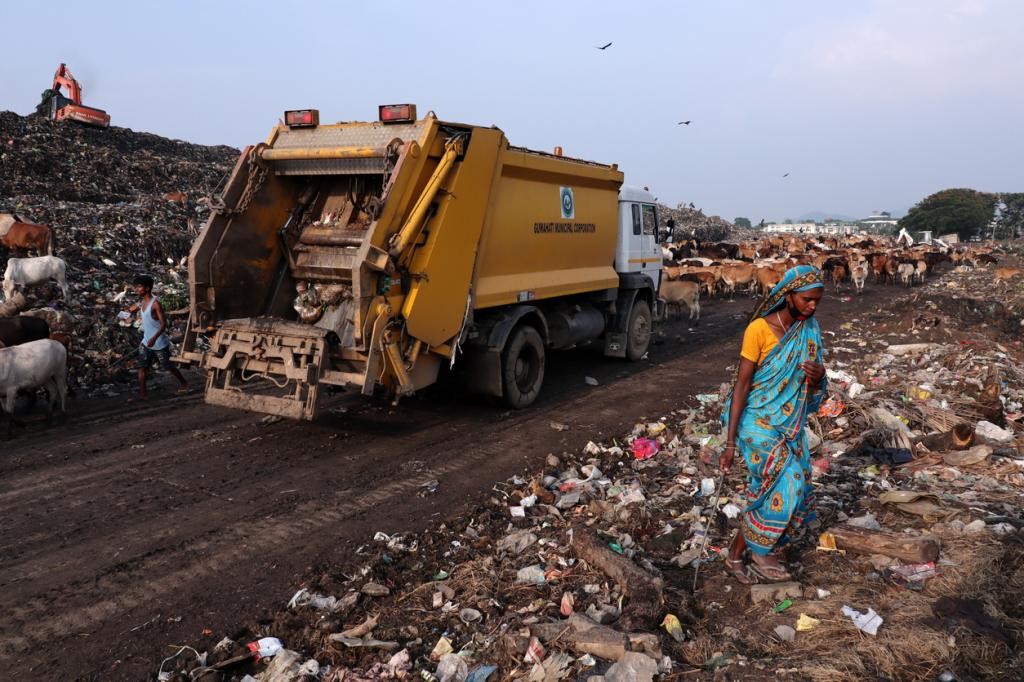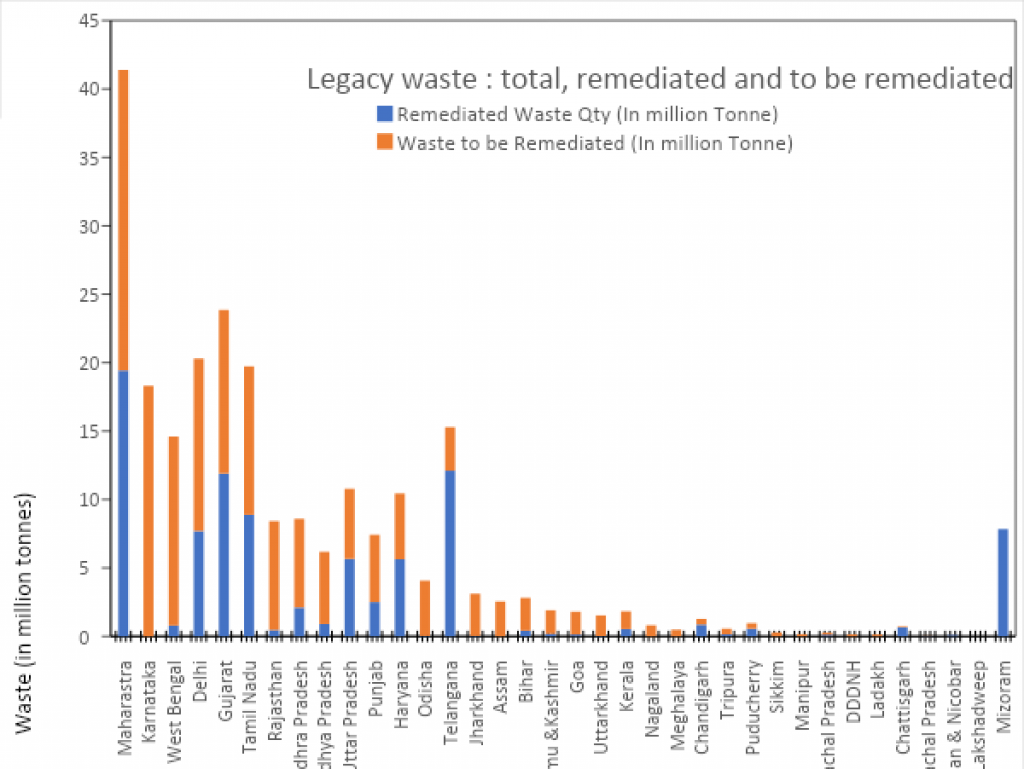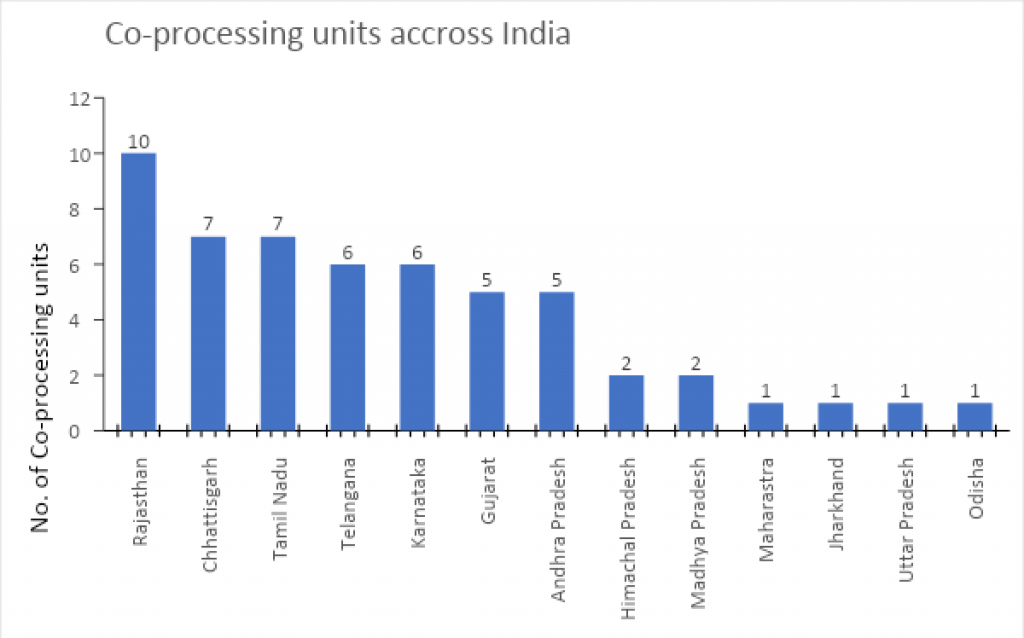Free Courses Sale ends Soon, Get It Now


Free Courses Sale ends Soon, Get It Now



Disclaimer: Copyright infringement not intended
Context
Details
Mission Garbage –free
Data
Status of State on Dumping Remediation

Issues with the state
Availability of co-processing plants

Applications for fine soil-like substance
Conclusion
|
PRACTICE QUESTION The use of plastics has led to a significant increase in pollution and the destruction of marine ecosystems. Discuss the impact of plastic pollution on the environment and suggest measures to reduce it and protect marine life. |
© 2024 iasgyan. All right reserved